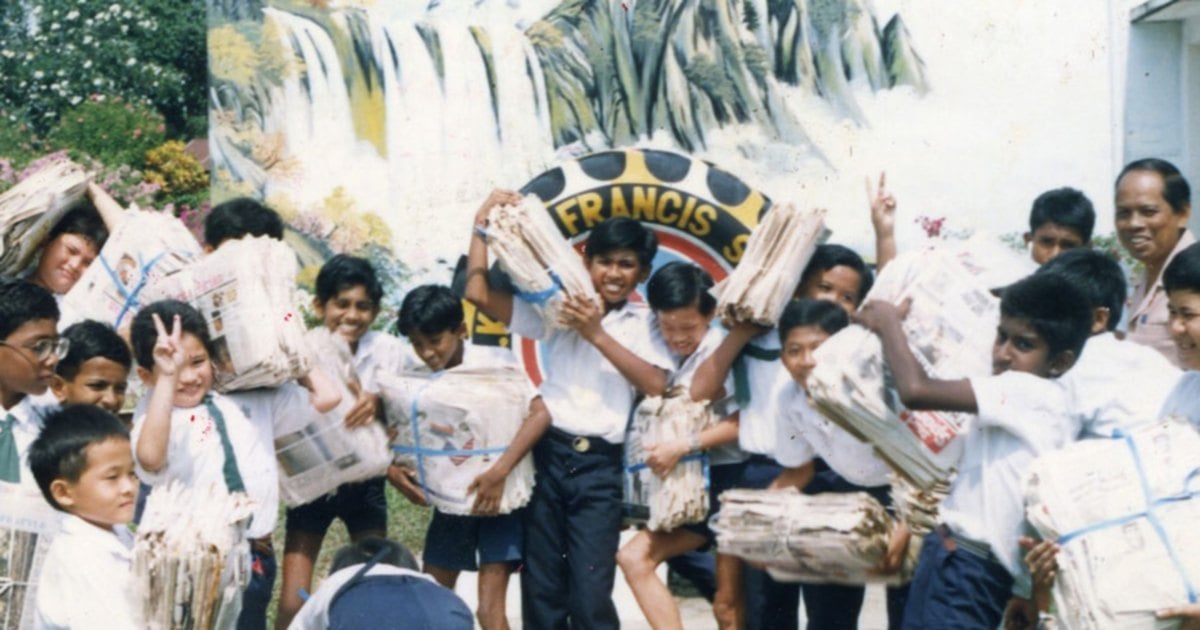I STARTED reading the New Straits Times (then The Straits Times) way back when I was in Standard 4.
That was a very long time ago and before the formation of Malaysia.
My father, Ujang Malik, was then a civil servant in Bintulu in central Sarawak — a district better known then for its fishery product, particularly belacan (prawn paste).
He would take me along to the Bintulu Recreation Club, about the only place for fellow civil servants to socialise.
It was here that I first spotted the broadsheet, The Straits Times hung on the newspaper rack along with the Sarawak Tribune.
While the adult club members were chatting or playing games, I flipped through the newspapers.
The Straits Times, being an “imported” newspaper, was easily my favourite read out of curiosity about what was happening in the then Malaya and the outside world. And because the medium of instruction in schools in Sarawak then was English.
Reading The Straits Times inspired an interest in me, even at that early stage, in news-writing.
I developed a sense for news along with a penchant for increasing general knowledge.
It was a time before television made its advent. Newspapers then were the only way to keep updated on news both locally and abroad. My interest in news grew stronger when I entered secondary school in Kuching.
Even as a schoolboy, I would personally deliver my typewritten letter meant for the Letter to the Editor column of Sarawak Tribune. It was the state’s oldest newspaper, having started publishing just after World War 2 ended in 1945.
One can imagine my thrill when the Tribune published my letter under the name Ujang Jr.
This spurred me to regularly send my letters on issues of current interest, telling myself perhaps I was then the only schoolboy doing such a thing.
I give credit, too, to The Straits Times for my strong liking for English. The newspaper’s high standard of English boosted my proficiency in the language.
When I was in forms 4 and 5 at Green Road Secondary School in Kuching in 1969, my English teacher was Chan Syn Ngo, a Canadian university graduate.
English was then the spoken language in schools in Sarawak. We had to write a weekly essay either on the topics assigned by Chan or a topic of our choice.
Chan would pick one or two essays to be read out by the writer to the whole class. More often that not, she would pick mine.
I once asked her: “Miss Chan, why do you often ask me to read out my essay?”
She answered: “Your essay is good and I want others to write like you.”
I owe what I have become in my career as a journalist — my one and only profession — to Chan, too.
She once told the class: “Azman, you can be a good reporter one day.”
And as it turned out, in mid-1971, Bernama, the national news agency, advertised in Sarawak Tribune vacancies for cadet reporters to be based at its bureau in Kuching, my hometown.
A large number of applicants attended the job interview, conducted by then editor-in-chief Mazlan Nordin (later Tan Sri).
We were given a test to gauge our knowledge of current issues, the very stuff I kept abreast of by reading the NST.
I was one of the two people selected.
The “You can be a good reporter” compliment from Chan has been my guiding principle throughout my years in Bernama, climbing the ladder slowly but surely — from a cadet reporter to editor-in-chief, then general manager (now renamed chief executive officer).
After retirement, I was appointed to the board of Berjaya Media Bhd and director of The Sun newspaper until this day.
In 2016, I returned to Bernama as chairman for a four-year term.
Naturally during those long years in Bernama — 41 years to be precise — I got to read easily available newspapers for free at the office.
Some 60 years on, or just one third of NST’s existence as one of the world’s oldest newspapers, I remain an avid reader.
© New Straits Times Press (M) Bhd






![[UPDATED] Ewon Benedick resigns from Cabinet](https://prwire.my/wp-content/uploads/2025/11/UPDATED-Ewon-Benedick-resigns-from-Cabinet-300x158.jpg)